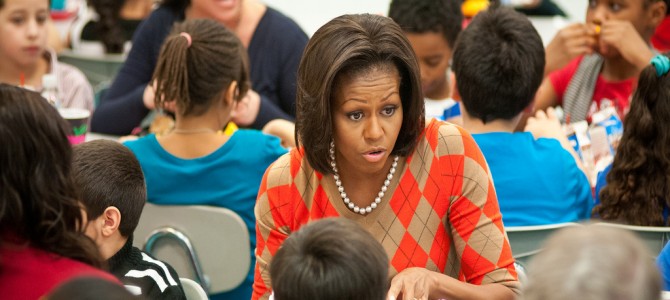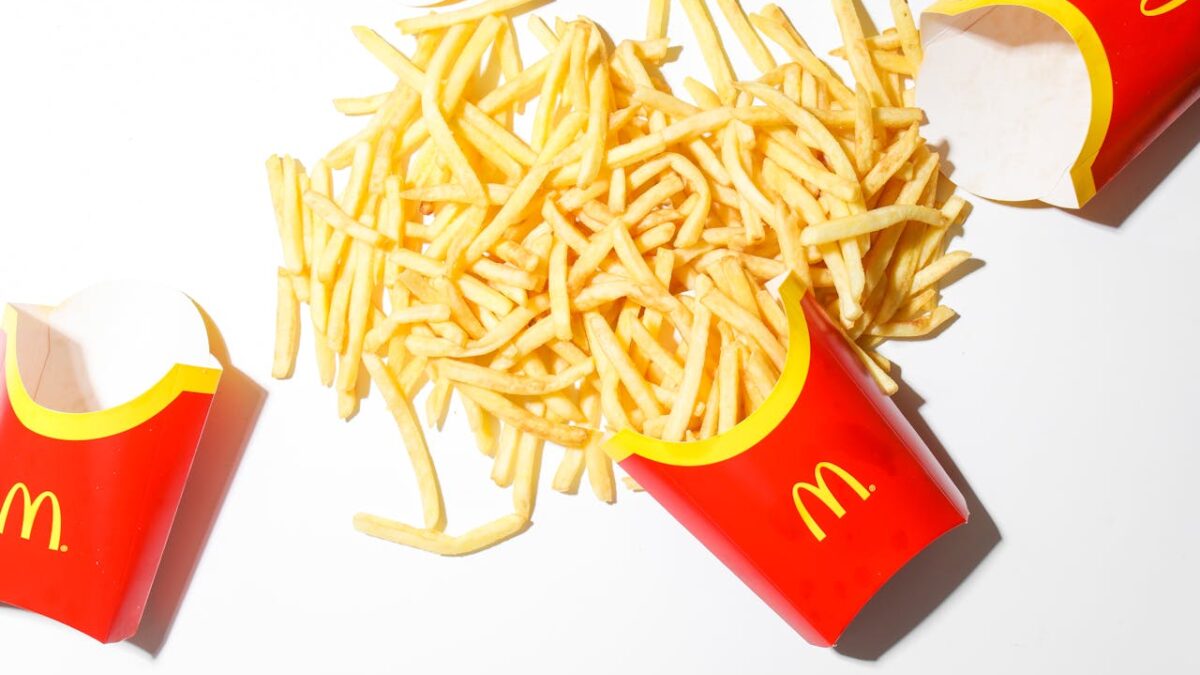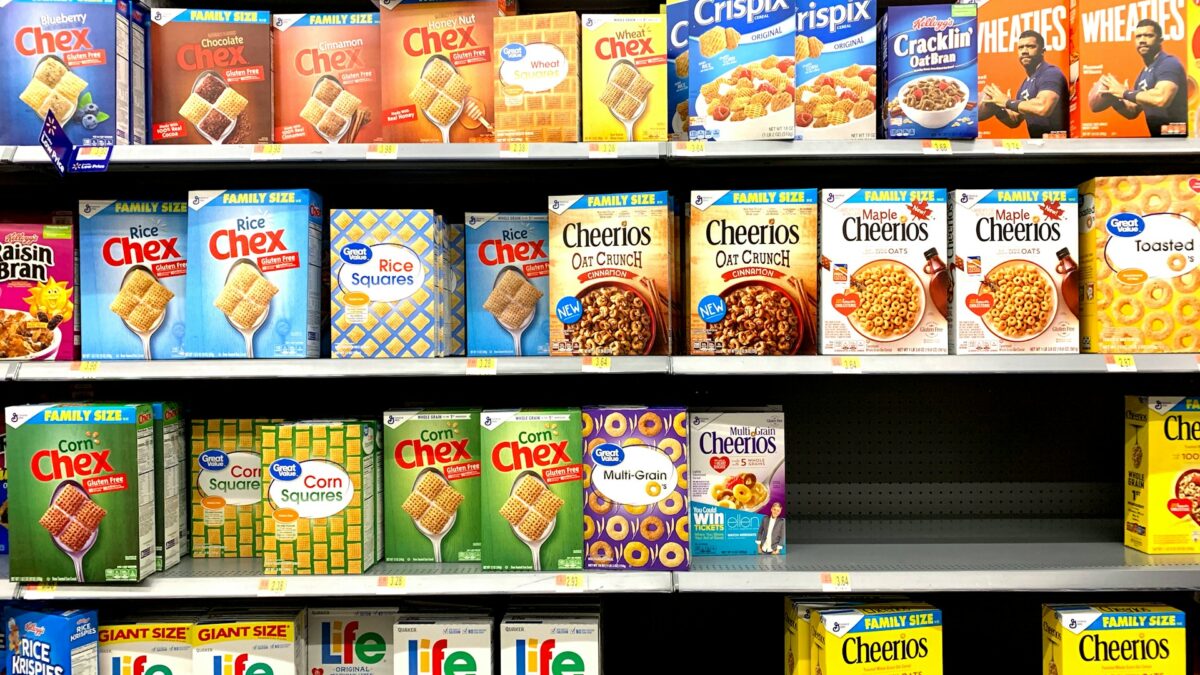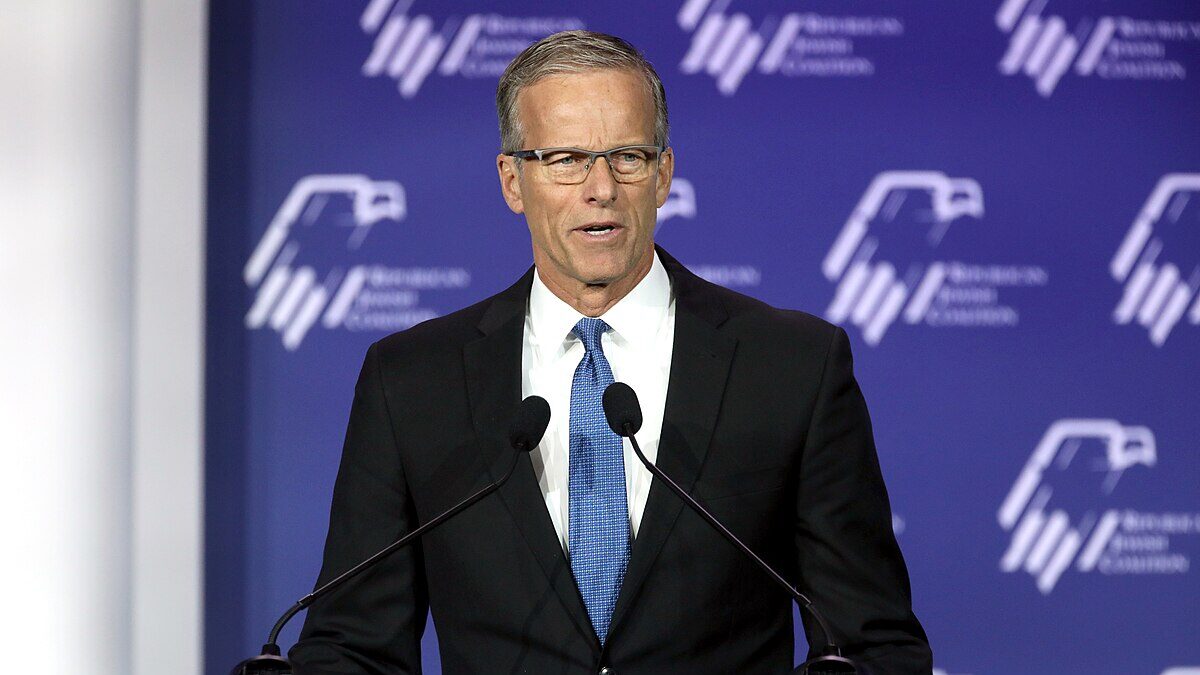Convenience stores are generally known for two things: large sugary sodas and high-calorie snack foods. These are the very items the Obama administration has worked doggedly to eliminate from kids’ diets through school lunch mandates that include bans on what types of foods can be sold in schools. Yet these very school lunch reforms—shepherded through Congress by First Lady Michelle Obama—are helping sales surge at these snack food founts.
Faced with increasingly revolting school cafeteria meals due to government limits on such flavor enhancers as butter and salt, throngs of children (and some entire schools) have elected to drop out of the school lunch program. It’s understandable. Oliver Twist wouldn’t have asked Mr. Bumble for another bowl of gruel if there had been a convenience store next door.
Critics of the school lunch reforms might rejoice in this development, mistakenly assuming it means parents are taking a more active role in feeding their kids by packing simple brown-bag meals at home.
That didn’t happen. Instead, kids are simply leaving school during the lunch hour (or going hungry until school is dismissed) in search of something that tastes good. As one school’s food and nutrition director explained to a CNN reporter, “If they aren’t eating with us, they’re leaving and eating junk.”
Salty Unintended Consequences
This unintended consequence of the 2010 school lunch reforms means booming sales at convenience stores. Like it or not, these small storefronts that specialize in on-the-road snacks now provide millions of hungry kids the very food the Obama administration has fought so hard against. In fact, according to the National Association of Convenience Stores, convenience stores in the United States netted record sales in 2013, increasing 2.4 percent to $204 billion.
Many of those who supported the school lunch mandates never mention this new trend in how school-aged children are eating. As kids (including kids who previously paid full price for school-prepared meals) reject cafeteria food, schools are finding it difficult to administer the lunch mandates with less revenue. Implementation problems are so pronounced that some schools have decided to opt out of the program entirely.
Yet, instead of addressing these problems that many argue the Obama administration created, White House officials lambasted school nutrition directors who have spoken publicly about the struggle to make the mandated changes. The First Lady was also defensive when responding to criticism, saying that 90 percent of schools implemented the reforms, glossing over the fact that fewer kids are actually eating her “healthier” meals and many kids are actually eating less nutritious meals than before the reforms were put in place.
What Real Reform Looks Like
If the real goal is help kids eat and live healthier, then we need to take a fresh look at these school lunch programs and consider some truly innovative and creative changes. For instance, some communities are already privatizing the school lunch program, which has resulted in happier kids and increased participation.
Another way to make school lunches healthier is to eliminate the U.S. Department of Agriculture’s Depression-era commodity program, which supplies schools with cafeteria classics such as chicken nuggets, French fries, canned cheese, and a variety of branded foods like Tyson Mini Snackers, Pizza Stuffed Meatball Bites, and Smuckers Uncrustables. Replacing these timeworn programs with direct funding to schools is a way to give school nutrition directors more control over what kids eat by allowing them to purchase healthier food on the open market.
The administration would also be wise to encourage parents to be more involved in their children’s diets. After all, multiple studies demonstrate the greater the parental involvement, the greater chance a child stays at a healthy weight.
Unfortunately, the Healthy, Hunger-Free Kids Act of 2010 again pushes in the wrong direction: It actually created mechanisms and incentives for states to increase the numbers of kids enrolled in school feeding programs—effectively diminishing the role of parents in a child’s nutrition. Rather than continuing to drive more kids to get their food from the state, which too often ends up meaning convenience-store meals, the First Lady should encourage parents to take the lead in opting out of federal feeding programs by preparing their kids a healthy meal instead.
Parents should also take time to lecture their kids that bags of chips and cans of soda purchased at a convenience store don’t make for a good meal.









